Home>Garden Essentials>How To Use Whole Flax Seeds
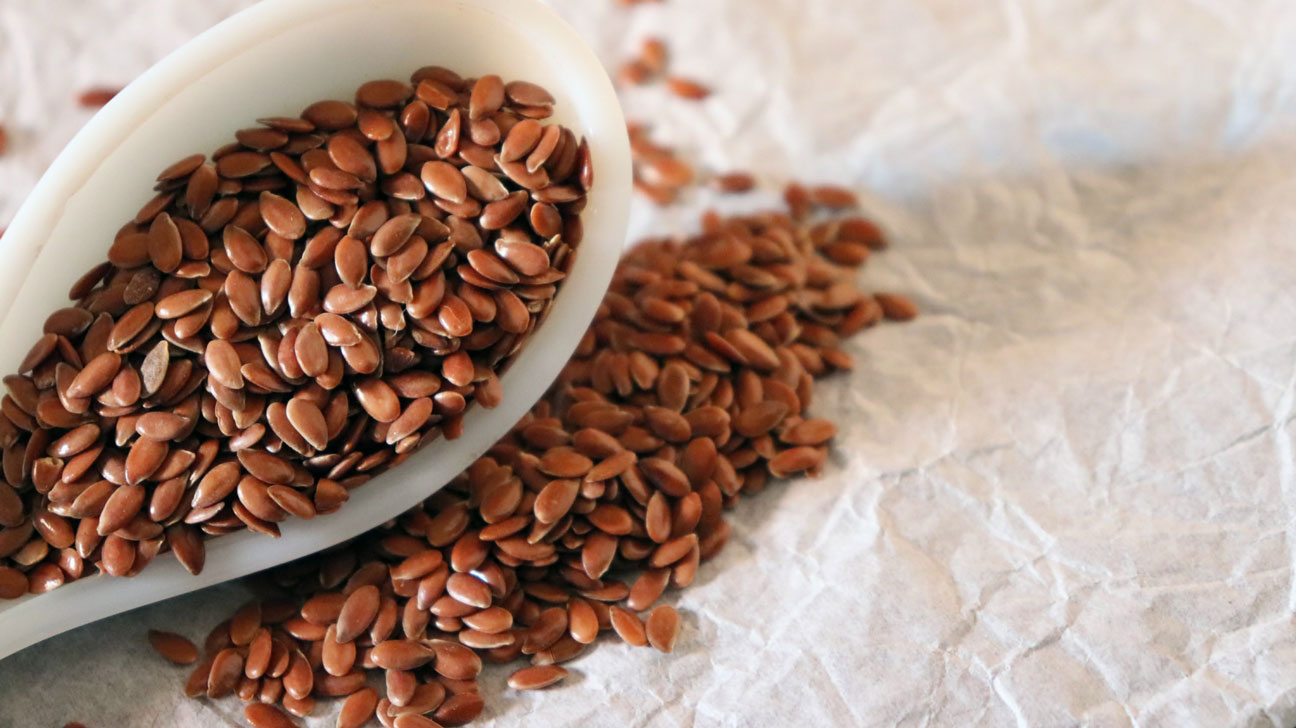

Garden Essentials
How To Use Whole Flax Seeds
Modified: October 21, 2024
Learn how to use whole flax seeds in your garden for optimal growth and benefits. Discover the key steps and techniques for a successful garden experience.
(Many of the links in this article redirect to a specific reviewed product. Your purchase of these products through affiliate links helps to generate commission for Storables.com, at no extra cost. Learn more)
Introduction
Welcome to the world of whole flax seeds! These tiny powerhouses of nutrition have been revered for their health benefits for thousands of years. Flax seeds, also known as linseeds, are the seeds of the flax plant (Linum usitatissimum). They are a rich source of fiber, protein, healthy fats, and various essential nutrients.
In recent years, whole flax seeds have gained immense popularity among health-conscious individuals due to their numerous health benefits. From promoting digestive health to reducing inflammation, these tiny seeds pack a punch when it comes to improving overall well-being.
In this article, we will explore the health benefits of whole flax seeds, how to store them properly, how to grind them, and various ways to incorporate them into your diet. So let’s dive in and discover the wonders of these mighty seeds!
Key Takeaways:
- Embrace the nutritional power of whole flax seeds to support heart health, digestion, and skin nourishment. Experiment with incorporating them into smoothies, baked goods, and salads for a tasty and healthy boost!
- Remember to grind whole flax seeds for better absorption and store them properly to maintain freshness. Start with small amounts and consult a healthcare professional if you have any concerns about incorporating them into your diet.
Read more: How To Use Flax Seed Gel For Hair
Health Benefits of Whole Flax Seeds
Whole flax seeds are a nutritional powerhouse, offering a wide range of health benefits. Let’s explore some of the key advantages of incorporating these seeds into your diet:
- High in Omega-3 Fatty Acids: Flax seeds are one of the best plant-based sources of omega-3 fatty acids, specifically alpha-linolenic acid (ALA). Omega-3 fatty acids are essential for brain health, heart health, and reducing inflammation in the body.
- Rich in Fiber: Just two tablespoons of whole flax seeds provide a significant amount of dietary fiber. This fiber content promotes regular bowel movements, aids in digestion, and helps to regulate blood sugar levels.
- Promotes Heart Health: The combination of omega-3 fatty acids, fiber, and lignans found in flax seeds contribute to heart health. Studies have shown that consuming flax seeds regularly may help lower blood pressure, reduce cholesterol levels, and decrease the risk of heart disease.
- Supports Digestive Health: Flax seeds are known for their mucilage content, a gel-forming fiber that supports digestive health. This soluble fiber can help alleviate constipation and promote a healthy gut by acting as a prebiotic, fueling the growth of beneficial bacteria.
- Anti-Inflammatory Properties: The lignans present in flax seeds have been shown to possess anti-inflammatory properties. These natural compounds have the potential to reduce chronic inflammation in the body, which is associated with various diseases such as arthritis, asthma, and certain types of cancer.
- May Aid Weight Management: Incorporating flax seeds into a balanced diet may support weight management. The combination of fiber, protein, and healthy fats helps to promote satiety, reduce cravings, and keep you feeling fuller for longer.
- Promotes Skin and Hair Health: The omega-3 fatty acids in flax seeds help to nourish the skin and promote a healthy complexion. Additionally, the lignans found in flax seeds may contribute to healthier hair by reducing hair loss and improving hair texture.
It’s important to note that while flax seeds offer numerous health benefits, they are most effective when consumed as part of a balanced diet and healthy lifestyle. Always consult with a healthcare professional before making any significant changes to your diet, especially if you have any underlying health conditions.
How to Store Whole Flax Seeds
Proper storage is essential to maintain the freshness and nutritional value of whole flax seeds. Here are some tips on how to store them:
- Choose a Dark and Cool Location: Whole flax seeds should be stored in a cool and dark place, such as a pantry or cupboard. Exposure to light and heat can cause the seeds to go rancid and lose their nutritional potency.
- Use Airtight Containers: Transfer the flax seeds into airtight containers, such as glass jars or BPA-free plastic containers. This prevents moisture and air from getting in and prolongs the shelf life of the seeds.
- Grind Only When Needed: Flax seeds are best consumed when freshly ground, as oxidation can cause them to lose their nutritional properties. It is recommended to grind small batches of flax seeds as needed, using a coffee grinder or a dedicated seed grinder.
- Refrigerate or Freeze: For long-term storage, consider refrigerating or freezing whole flax seeds to maintain their freshness. Place the seeds in an airtight container or resealable bag before storing them in the refrigerator or freezer. Be sure to label and date the container for easy tracking.
- Check for Rancidity: Before using flax seeds, give them a quick sniff to ensure they are not rancid. Rancid seeds have a noticeable off-putting odor. If they smell bad, it is best to discard them and get a fresh batch.
- Keep Track of Expiration Dates: While whole flax seeds can last several months when stored properly, it is advisable to keep track of the expiration dates. This ensures that you consume the seeds while they are at their peak freshness and nutrient content.
By following these storage tips, you can ensure that your whole flax seeds remain flavorful and nutritious for an extended period. Remember, freshness matters when it comes to reaping the maximum benefits from these tiny seeds!
Grinding Whole Flax Seeds
To unlock the full nutritional potential of whole flax seeds, it’s important to grind them before consuming. Grinding the seeds allows your body to better absorb their nutrients. Here’s how you can grind whole flax seeds:
- Choose a Grinder: There are various options for grinding flax seeds, depending on the tools you have available. Electric spice grinders, coffee grinders, and dedicated seed grinders are commonly used. Choose a grinder that can achieve a fine grind.
- Measure the Amount: Take the desired amount of whole flax seeds and measure them. It’s best to grind smaller batches at a time to maintain freshness and prevent waste.
- Prepare the Grinder: Ensure that your grinder is clean and dry before use. This prevents any cross-contamination of flavors and helps achieve a clean grind.
- Grind in Short Bursts: Place the measured flax seeds into the grinder, close the lid tightly, and grind in short bursts. Grinding for about 10-20 seconds is typically sufficient. Avoid over-grinding, as it can turn the seeds into a paste.
- Check the Consistency: After grinding, check the consistency of the ground flax seeds. They should have a fine, powdery texture. If there are any large pieces remaining, grind them for a few more seconds until you achieve the desired consistency.
- Transfer and Store: Once the flax seeds are ground, promptly transfer them to an airtight container. Remember to label the container with the date to keep track of their freshness. Store the ground flax seeds in the refrigerator or freezer to maintain their quality.
It’s important to note that ground flax seeds have a shorter shelf life compared to whole flax seeds. They are best consumed within a few days to ensure they retain their nutritional value. Incorporate the ground flax seeds into your recipes or add them to smoothies, yogurt, oatmeal, or baked goods for a nutrient boost.
Keep in mind that flax seeds contain oils that can turn rancid over time, so it’s advisable to grind them as needed to maximize freshness and potency. Enjoy the benefits of freshly ground flax seeds by incorporating them into your daily diet!
To use whole flax seeds, grind them in a coffee grinder or blender before adding them to your recipes. Grinding the seeds helps release their nutrients and makes them easier to digest.
Incorporating Whole Flax Seeds into Your Diet
Whole flax seeds are a versatile ingredient that can be easily incorporated into your daily diet. Here are some simple and delicious ways to enjoy the nutritional benefits of these tiny seeds:
- Smoothies: Add a tablespoon of whole flax seeds to your favorite smoothie recipe. You can blend them with fruits, vegetables, yogurt, or plant-based milk for a nutritious and filling boost.
- Oatmeal or Breakfast Cereal: Sprinkle whole flax seeds onto your bowl of oatmeal or breakfast cereal. They add a nutty flavor and a dose of fiber and omega-3 fatty acids.
- Baked Goods: Incorporate whole flax seeds into your homemade baked goods, such as bread, muffins, cookies, or granola bars. You can add them to the batter or sprinkle them on top before baking.
- Salads and Soups: Sprinkle whole flax seeds on top of salads or stir them into soups. They add a crunchy texture and a nutty flavor, enhancing the overall taste and nutritional profile of your dish.
- Yogurt or Puddings: Mix whole flax seeds into yogurt or pudding for an added crunch and nutritional boost. They can be paired with fruits, nuts, or honey for a delicious and satisfying snack.
- Homemade Energy Bars: Combine whole flax seeds with other nuts, dried fruits, honey, and nut butter to make your own homemade energy bars. These bars make for a convenient and nutritious on-the-go snack.
- Smoothie Bowls: Create a nutritious and visually appealing smoothie bowl by sprinkling a tablespoon of whole flax seeds on top. Pair it with fresh fruits, granola, or nuts for a well-rounded breakfast or snack.
- Flaxseed Crackers: Make your own flaxseed crackers by combining ground flax seeds, herbs, spices, and water. Roll out the mixture, cut into thin slices, and bake until crispy. These crackers are a healthy alternative to store-bought ones.
- Dips and Spreads: Enhance the nutritional profile of your dips and spreads by adding ground flax seeds. They can be mixed into hummus, guacamole, or nut butter for an extra dose of fiber and omega-3 fatty acids.
Remember to start with small quantities of whole flax seeds and gradually increase your intake as tolerated. It’s recommended to consume around one to two tablespoons of whole flax seeds per day to enjoy their health benefits.
Experiment with these ideas and feel free to get creative in incorporating whole flax seeds into your favorite recipes. The possibilities are endless, and your taste buds and body will thank you!
Read more: How To Consume Flax Seeds
Recipes Using Whole Flax Seeds
Whole flax seeds can be used in a variety of recipes to add a nutritional boost to your meals. Here are a few delicious recipes that incorporate whole flax seeds:
- Flaxseed Pancakes: In a mixing bowl, combine 1 cup of whole wheat flour, 2 tablespoons of whole flax seeds, 1 tablespoon of honey or maple syrup, 1 teaspoon of baking powder, 1/2 teaspoon of baking soda, 1/2 teaspoon of cinnamon, and a pinch of salt. In a separate bowl, whisk together 1 cup of milk, 1 egg, and 1 tablespoon of melted butter or oil. Pour the wet ingredients into the dry ingredients and stir until just combined. Cook the pancakes on a preheated griddle or non-stick pan until golden brown on both sides. Serve with your favorite toppings.
- Flaxseed Energy Balls: In a food processor, combine 1 cup of dates (pitted), 1/2 cup of almonds, 1/4 cup of whole flax seeds, 2 tablespoons of unsweetened cocoa powder, 1 tablespoon of almond butter, and a pinch of salt. Process until the mixture comes together and forms a sticky dough. Roll the mixture into small balls and refrigerate for at least 30 minutes to firm up. These energy balls make for a nutritious and energizing snack.
- Flaxseed Yogurt Parfait: In a jar or glass, layer Greek yogurt, fresh berries, a sprinkle of whole flax seeds, and a drizzle of honey. Repeat the layers and top with a dollop of Greek yogurt and a final sprinkle of whole flax seeds for a delightful and nutritious breakfast or snack option.
- Flaxseed Crusted Baked Chicken: In a shallow dish, combine crushed whole flax seeds, breadcrumbs, grated Parmesan cheese, dried herbs (such as oregano or basil), salt, and pepper. Dip chicken breast fillets into beaten egg and then coat them in the flaxseed mixture. Place the coated chicken on a baking sheet lined with parchment paper and bake in a preheated oven at 375°F (190°C) for about 20-25 minutes, or until cooked through and golden brown. Enjoy the crispy and flavorful flaxseed-crusted chicken.
- Flaxseed Green Smoothie: In a blender, combine a handful of spinach or kale, a ripe banana, a cup of almond milk (or any preferred milk), a tablespoon of whole flax seeds, a tablespoon of nut butter, and a dash of honey or maple syrup. Blend until smooth and creamy, adding more liquid if needed. Pour into a glass and enjoy a refreshing and nutrient-packed green smoothie.
These are just a few examples of how you can incorporate whole flax seeds into your meals and snacks. Feel free to explore and experiment with different recipes to find your favorites. Remember to adjust the quantities and ingredients according to your taste preferences and dietary needs.
By incorporating whole flax seeds into your recipes, you can enhance the nutritional value of your meals while adding a delicious nutty flavor. Enjoy the benefits of these tiny seeds in diverse and tasty ways!
Precautions and Considerations
While whole flax seeds offer numerous health benefits, it’s important to be aware of some precautions and considerations when incorporating them into your diet. Here are a few things to keep in mind:
- Choking Hazard: Whole flax seeds are small and hard, which may pose a choking risk, especially for young children or individuals with swallowing difficulties. It is recommended to grind the seeds before consuming to reduce the risk of choking.
- Digestive Sensitivity: Some individuals may experience digestive discomfort, such as bloating, gas, or diarrhea, when consuming whole flax seeds. It’s advisable to start with small amounts and gradually increase intake to assess your tolerance. Drinking plenty of water along with flax seeds can also help prevent digestive issues.
- Interference with Medications: Flax seeds may interact with certain medications, including blood thinners, hormonal medications, and certain antidepressants. If you are taking any medications, it’s crucial to consult with your healthcare provider before adding flax seeds to your diet.
- Pregnancy and Breastfeeding: While flax seeds are generally considered safe during pregnancy and breastfeeding, it’s always best to consult with a healthcare professional before incorporating them into your diet. They can provide personalized guidance based on your specific circumstances.
- Flaxseed Oil vs. Whole Flax Seeds: Flaxseed oil is another popular form of flaxseed consumption. While it contains the same beneficial omega-3 fatty acids, it lacks the fiber content of whole flax seeds. If you prefer flaxseed oil, ensure it is stored properly in the refrigerator and consume it within the recommended timeframe.
- Allergies and Sensitivities: Some individuals may have allergies or sensitivities to flax seeds. If you experience any allergic reactions, such as itching, hives, or difficulty breathing, discontinue use and seek medical attention.
- Quality and Storage: Ensure that you purchase high-quality whole flax seeds from a reputable source. It’s also important to store them properly in a cool, dark place to maintain their freshness and nutritional value.
As always, it’s crucial to listen to your body and make informed decisions based on your individual circumstances. If you have any concerns or questions about incorporating flax seeds into your diet, reach out to a healthcare professional or a registered dietitian.
By being mindful of these precautions and considerations, you can safely enjoy the health benefits of whole flax seeds and make them a valuable addition to your overall dietary plan.
Conclusion
Whole flax seeds are a nutritional powerhouse that can greatly benefit your overall health and well-being. These tiny seeds are packed with fiber, omega-3 fatty acids, and various essential nutrients. From promoting heart health to supporting digestion, whole flax seeds offer a multitude of advantages.
By incorporating whole flax seeds into your diet, you can improve your cardiovascular health, support digestive function, reduce inflammation, and even promote healthy skin and hair. These seeds are versatile and can be easily integrated into a wide range of recipes, including smoothies, baked goods, salads, and more.
However, it is important to take precautions and considerations into account. For individuals with certain medical conditions or taking specific medications, it is advisable to consult with a healthcare professional before incorporating flax seeds into their diet. Additionally, grinding the seeds, storing them properly, and being mindful of potential allergies or sensitivities are important factors to consider.
In conclusion, by understanding the health benefits, storing guidelines, grinding methods, and various ways to incorporate whole flax seeds into your diet, you can harness their nutritional potential and enjoy their unique flavor and texture. Experiment with different recipes, be mindful of your body’s response, and make informed choices to maximize the benefits of whole flax seeds in your daily life.
So go ahead, embrace these tiny seeds and let them be a part of your journey towards a healthier and more nourished life!
Frequently Asked Questions about How To Use Whole Flax Seeds
Was this page helpful?
At Storables.com, we guarantee accurate and reliable information. Our content, validated by Expert Board Contributors, is crafted following stringent Editorial Policies. We're committed to providing you with well-researched, expert-backed insights for all your informational needs.
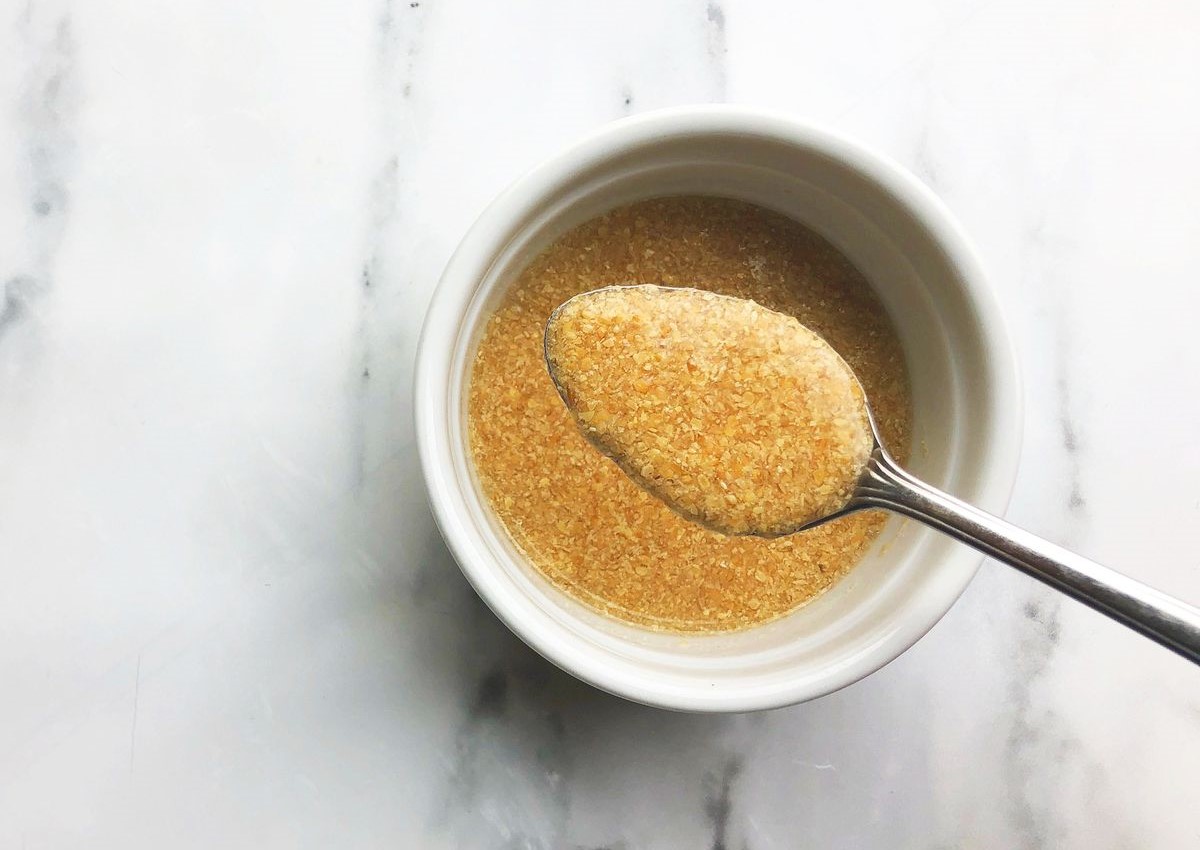
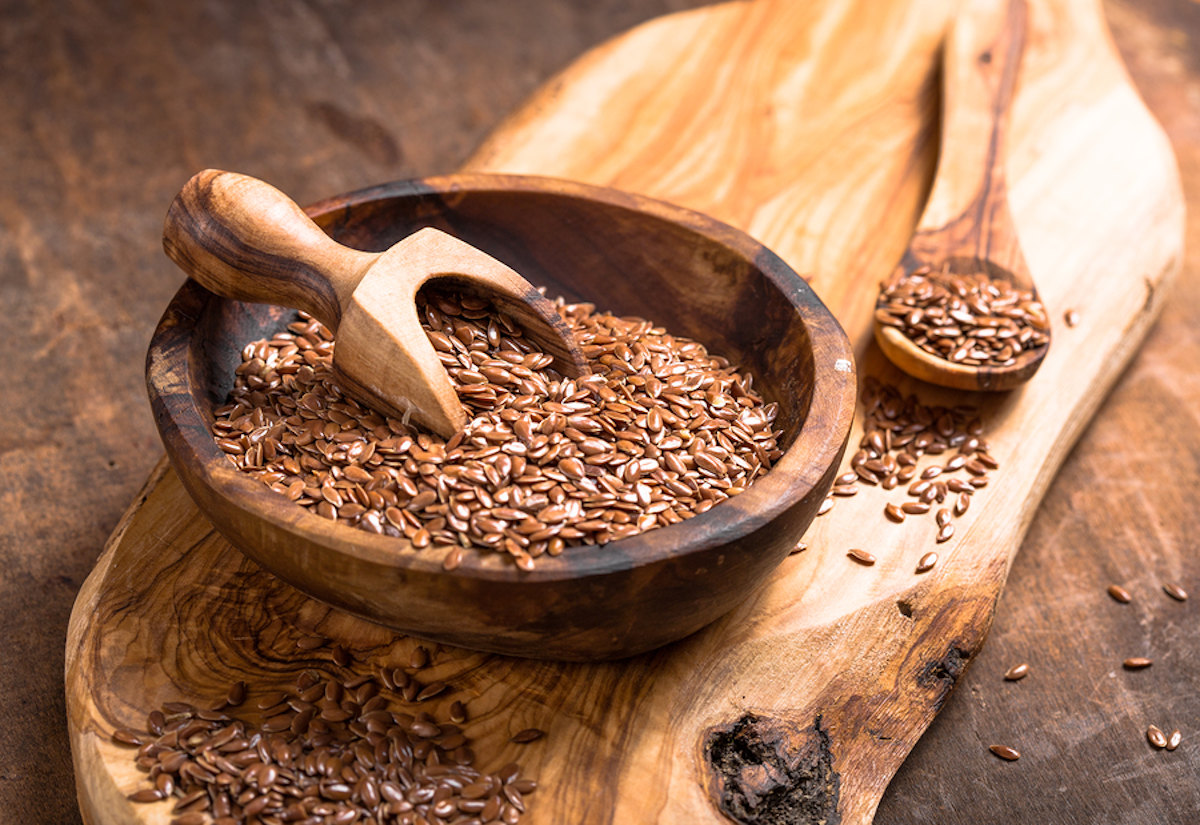
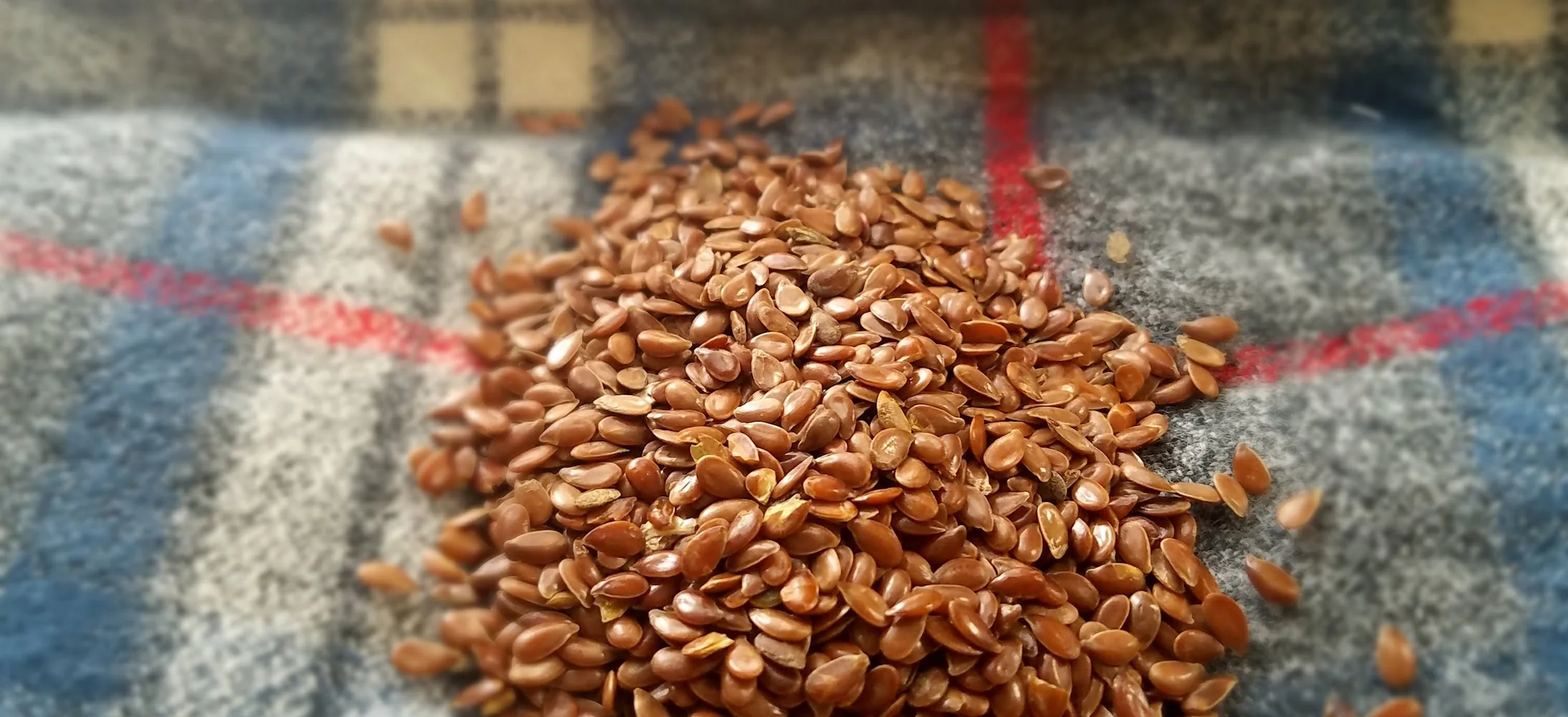
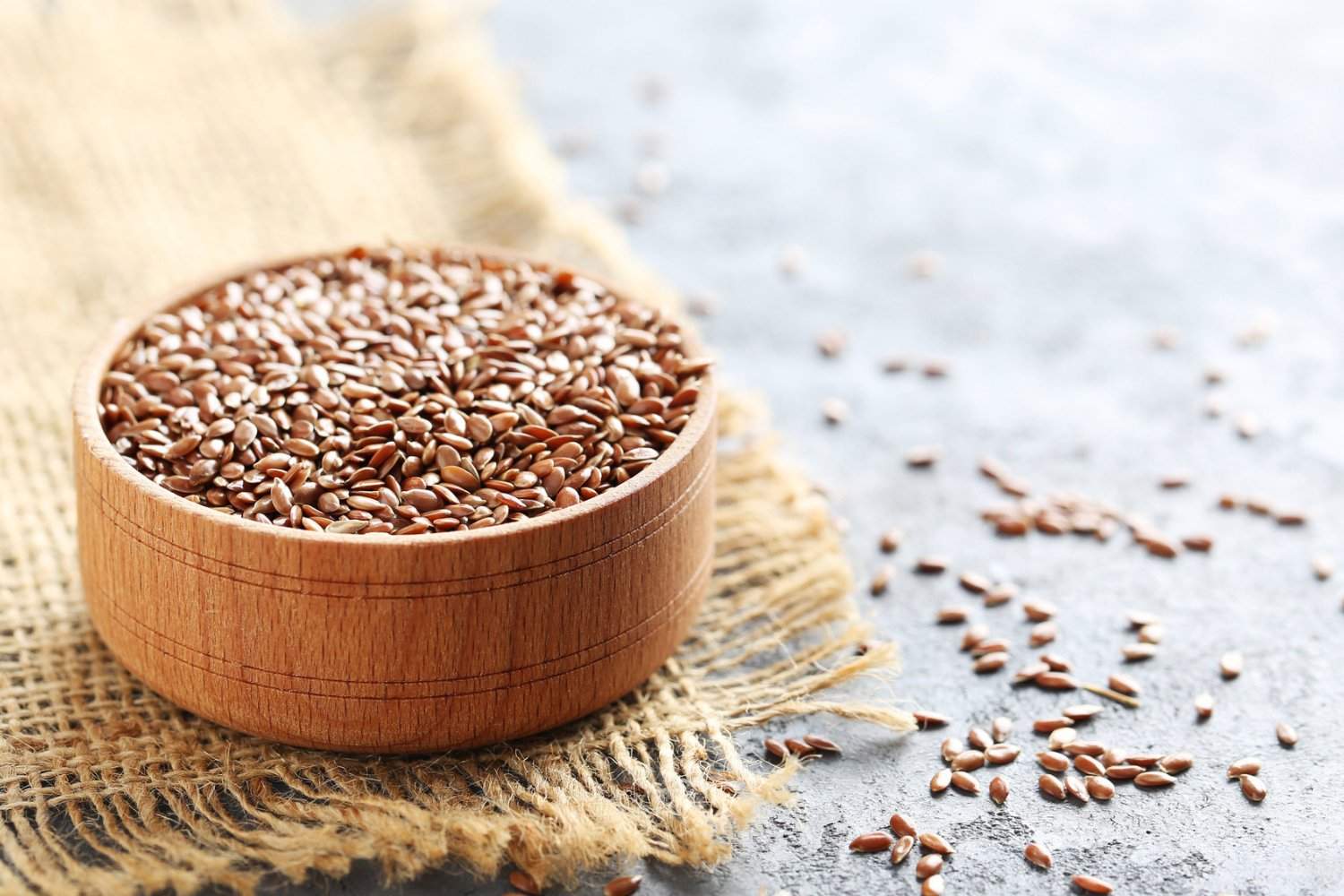
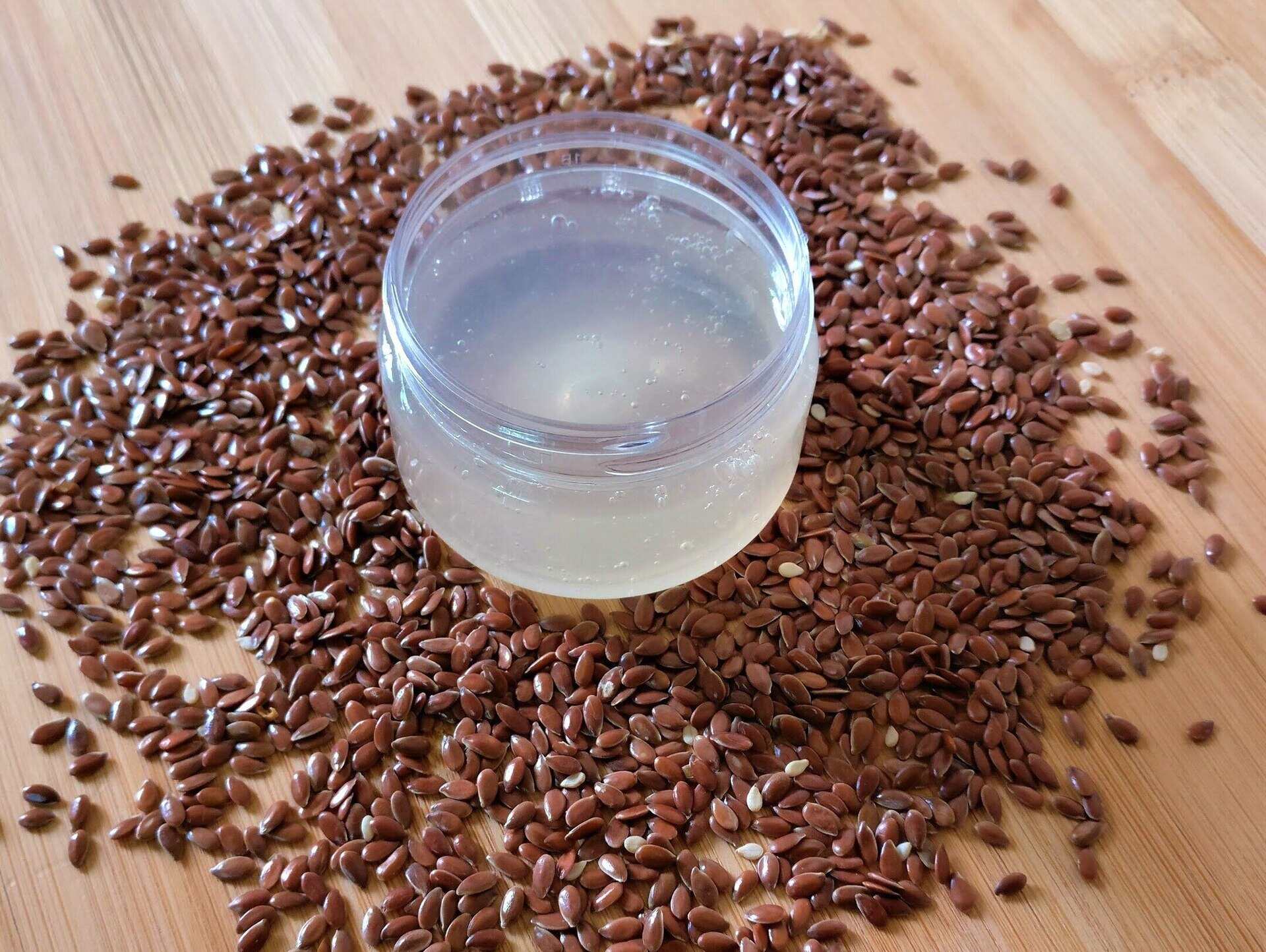
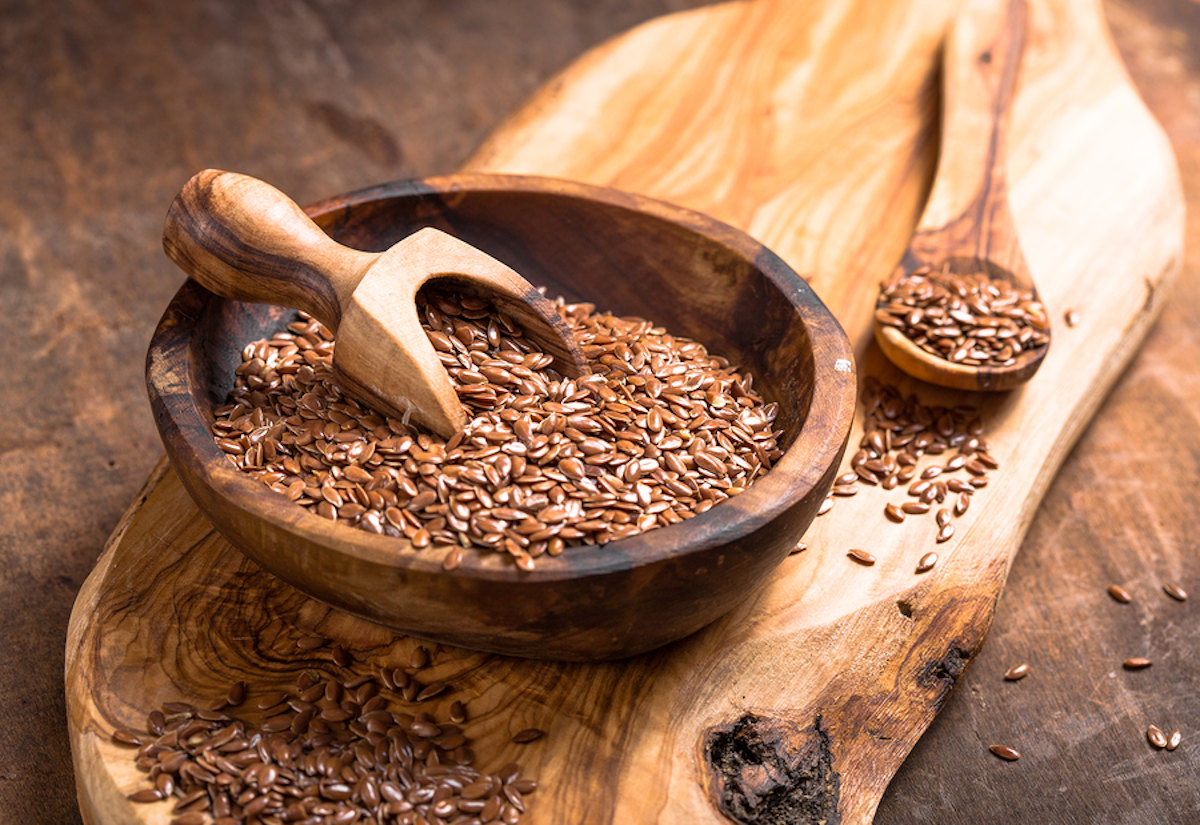
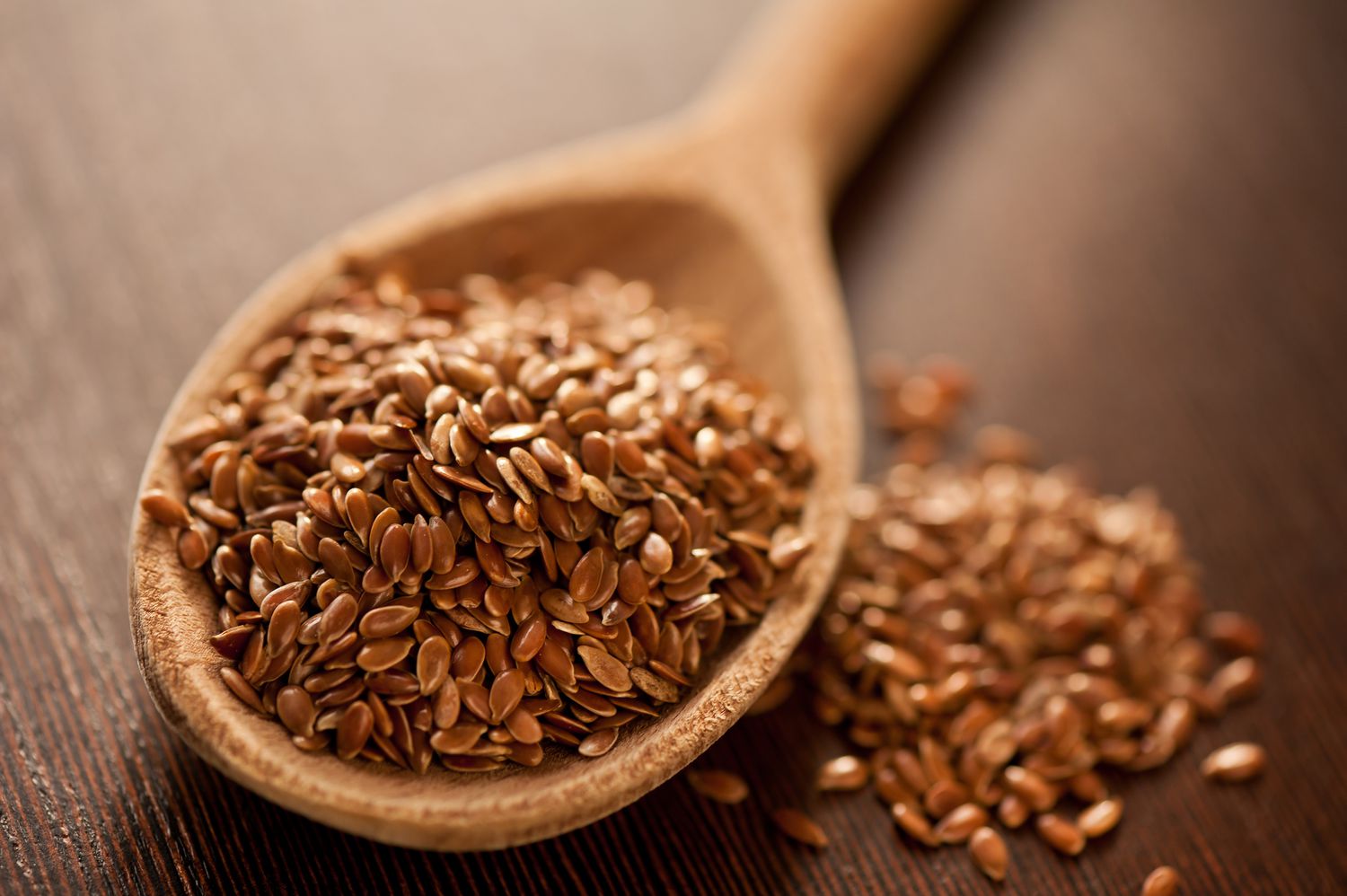
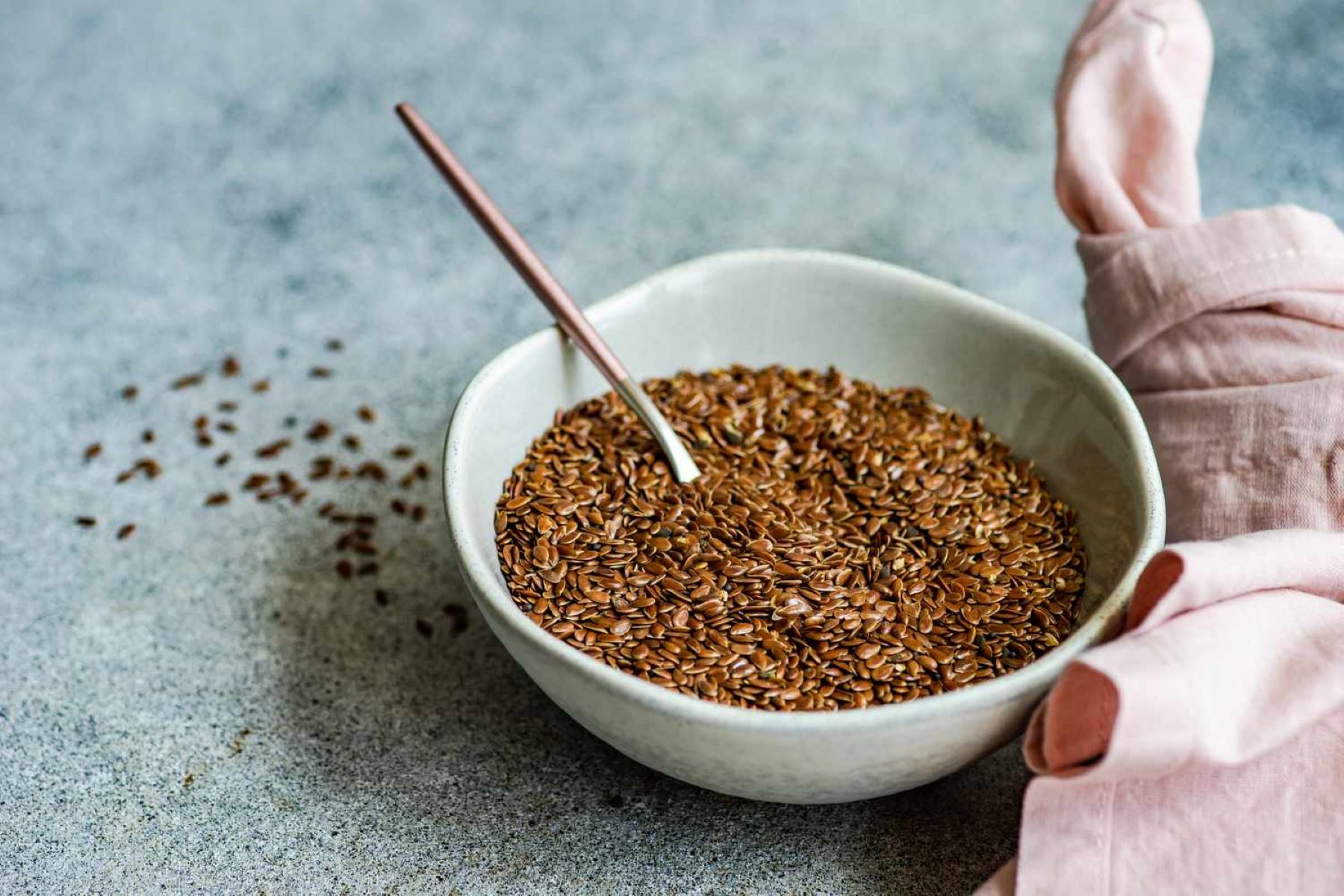
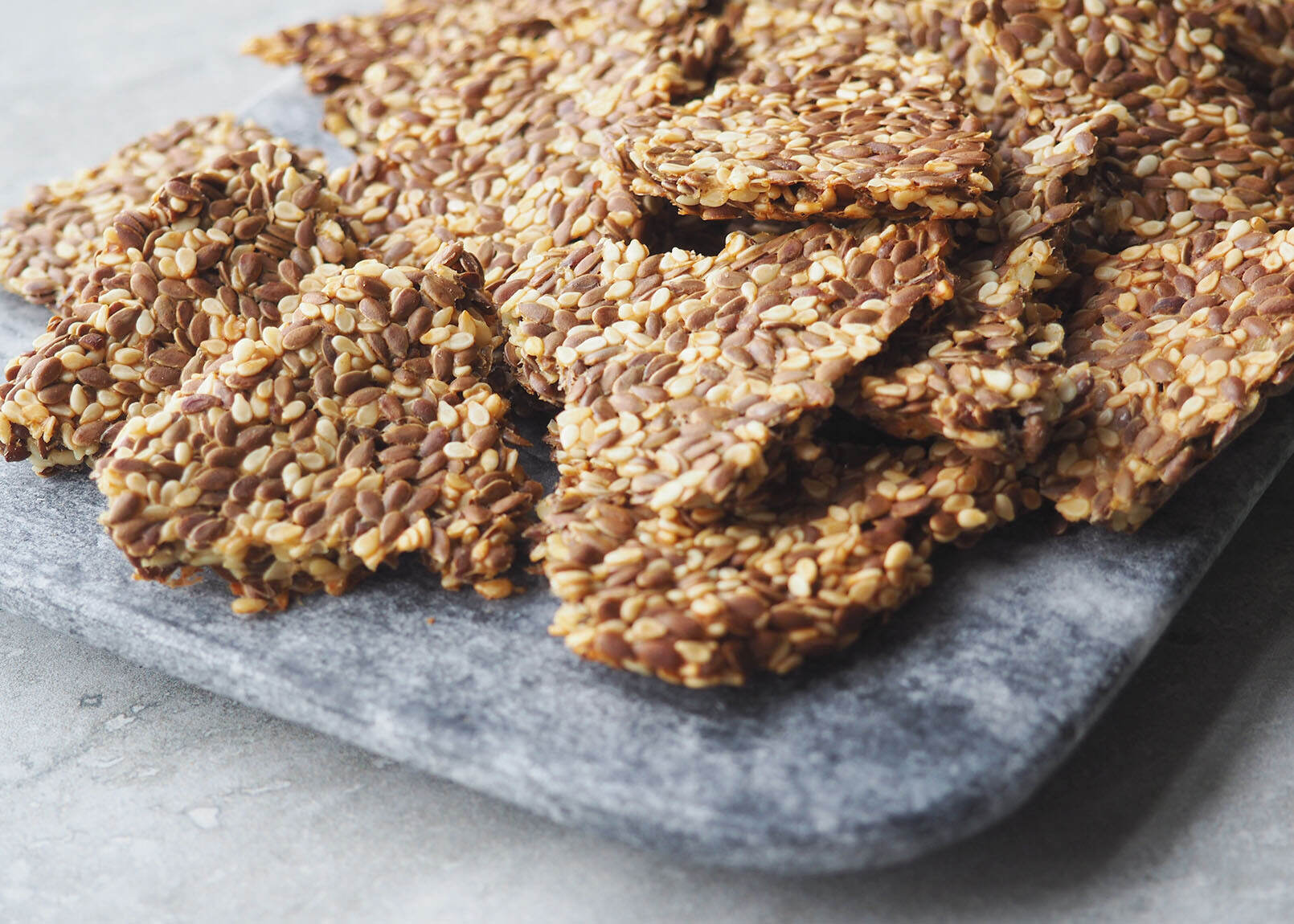
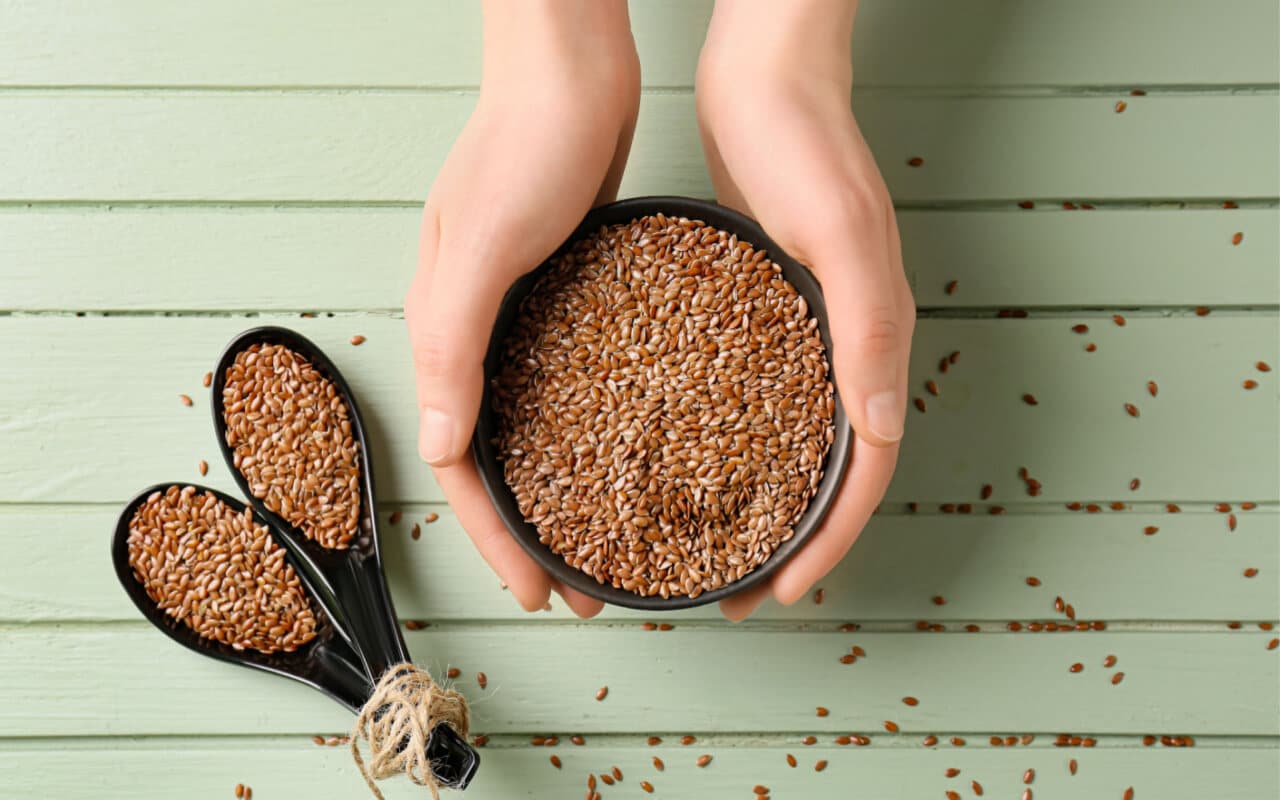
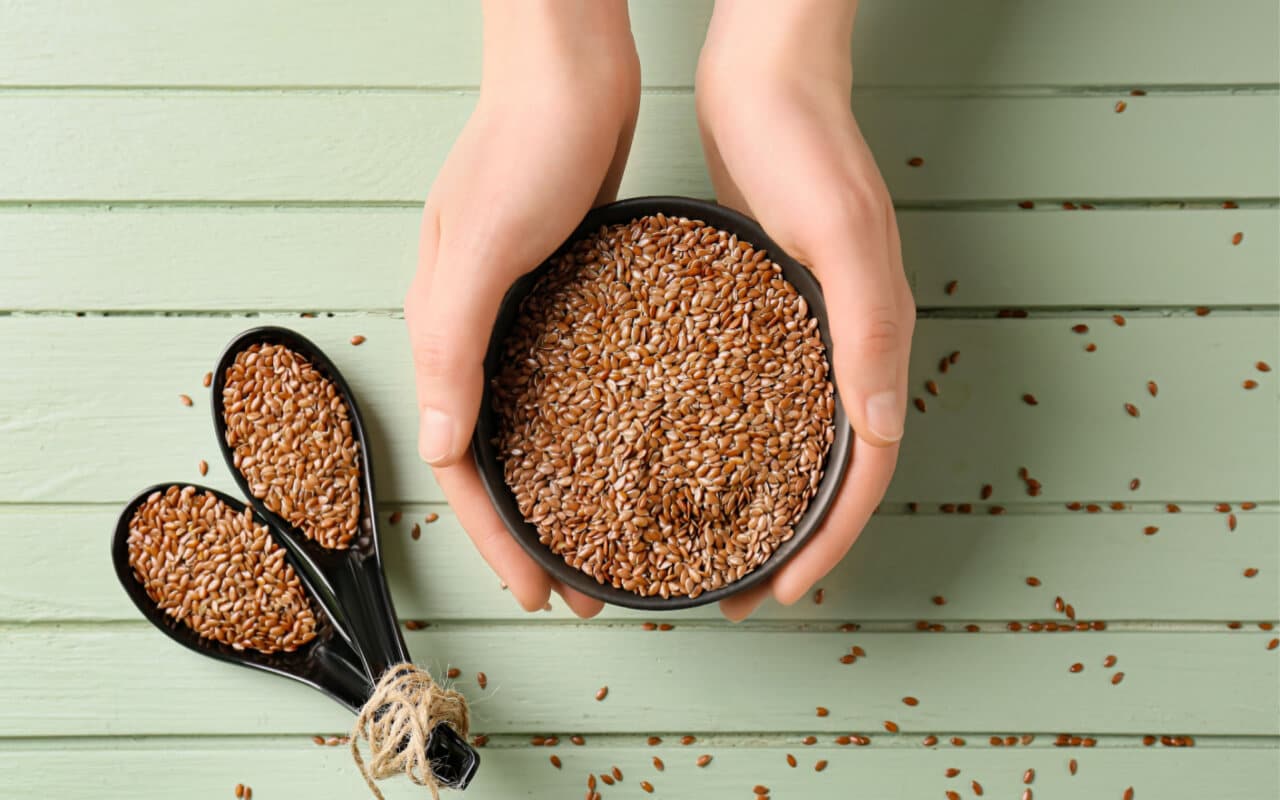

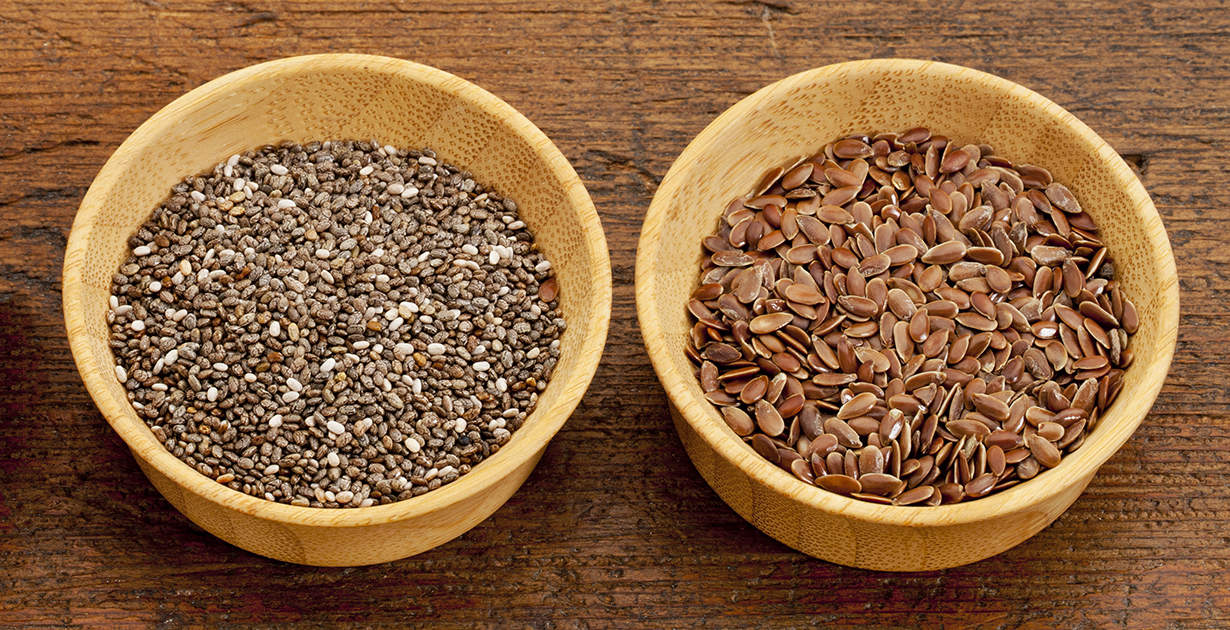
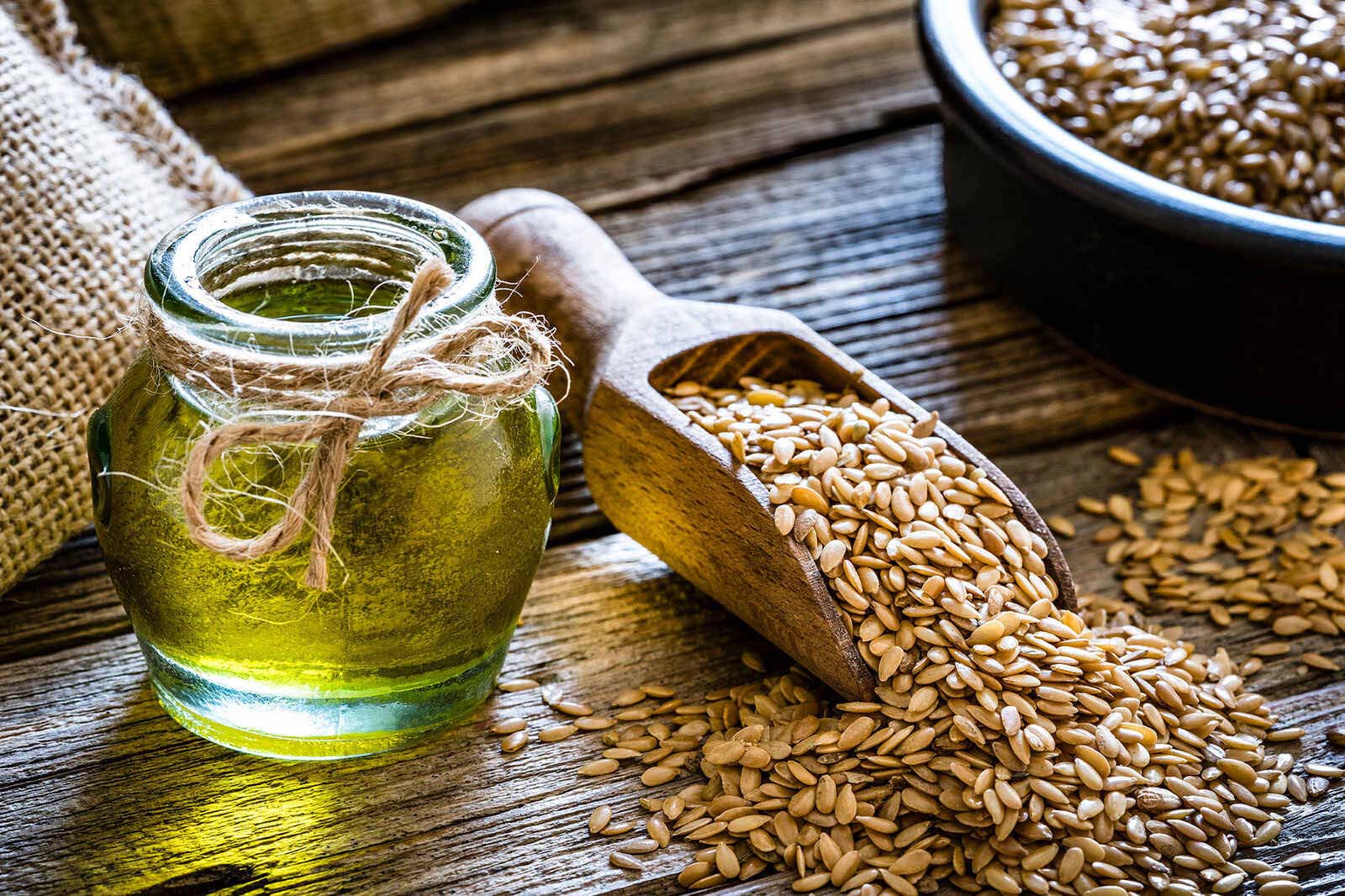

0 thoughts on “How To Use Whole Flax Seeds”